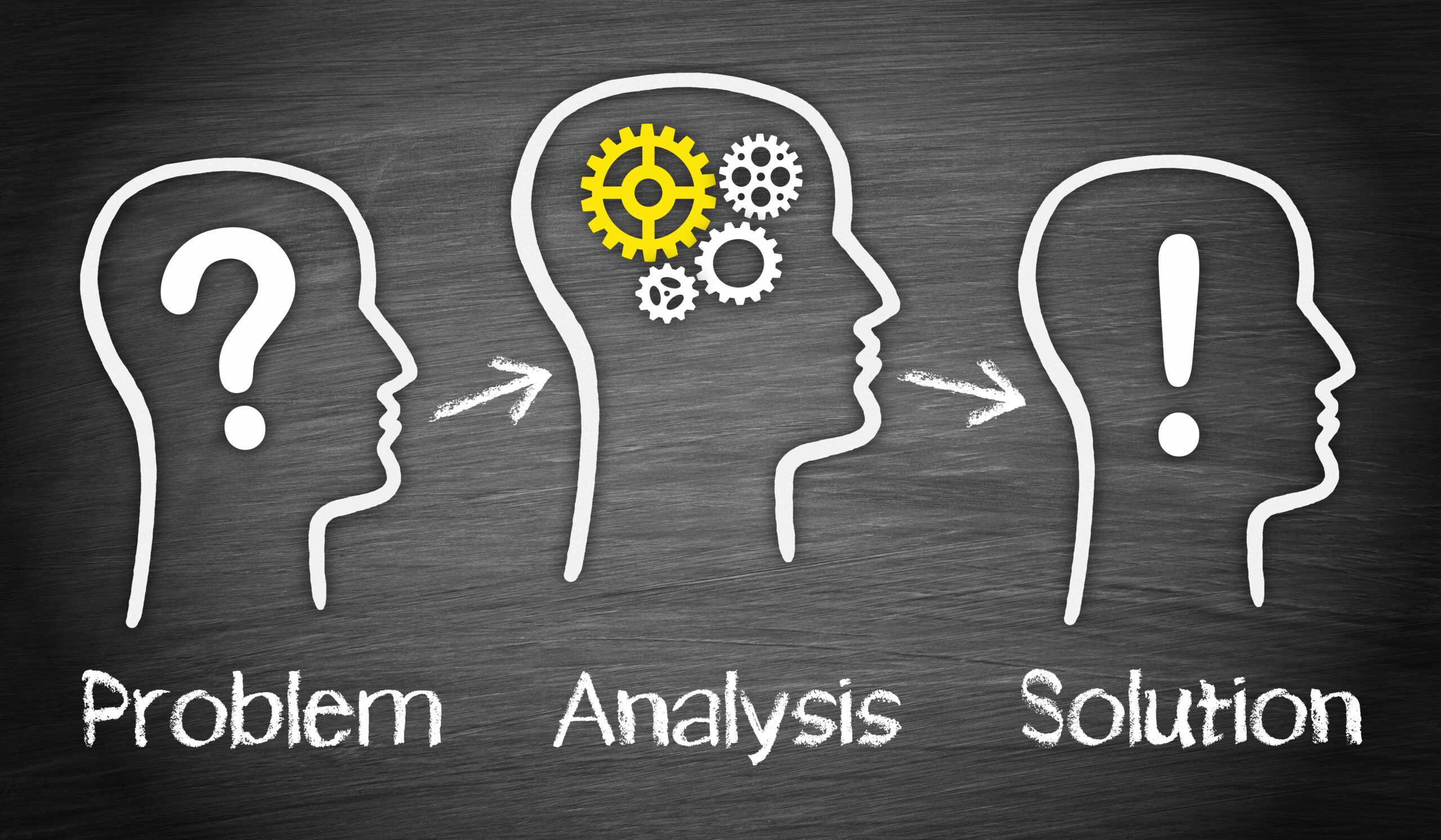
Starting out on building a business is a brave move. Most of the time people feel frustrated about the way things are; They see that things could be improved upon so they set about making that change.
The big BUT is that they move quickly to designing and implementing a solution without really understanding why things are the way they are. Many don’t ask, ‘why wasn’t this done before?’. They don’t delve deep enough into the problem to fully understand it before embarking on their solution and business journey. As many as one in ten start-up businesses fail. Much of this is due to not fully analysing the problem at hand.
One problem often doesn’t exist in isolation, it is often part of a more complex problem/set of problems. This alone means that solving for one particular problem may not sufficiently impact all other connected problems in a system. The desired outcome may not be achieved. Analysis and understanding of the full system and interconnected problems is necessary.
Understanding the problem is not a linear process. Iterations in understanding are achieved by exploring, experimenting, generating and regenerating theses. Testing your theories by engaging those impacted by the problem and related stakeholders. Test with mock solutions deepens your understanding of the problem.
Placing the problem in context is critical. A complex problem may not be solvable but you still may be able to improve the status quo. The aim for the start-up business or a project may be to provide an outcome that is multiple times better than current options and outcomes. This can be highly valuable and valued.
This definition of a problem shows how ‘a better scenario’ is desirable but the problem is getting in the way: Definition of a problem: An issue causing harm, difficulty, obstruction or the prevention of what would otherwise be a better scenario.
It is essential to examine the problem from a human needs perspective. A good way to do this is via needs analysis:
– Is there a problem? You’d be amazed how many times this question is not asked.
– Define the scope and urgency of the problem: i.e. Ask ‘how broad or narrow should we define the problem that we are examining and is a priority in the eyes of others?
– What does a potential solution need to achieve?- How will a solution create value, how much value and for whom?
– Determine the stakeholders’ willingness to assess/use the solution.
– What is the customers’ price tolerance?
Start-ups and projects can fail because they try to solve a problem that is not a priority in the eyes of others. They define the scope too broadly and try to do too much. Resources are normally constrained for any project/start-up. Therefore, it is critical to focus and solve the right problem and provide the most potential value.
Sometimes the solution is effective but the stakeholder has no desire to implement it. It may be too disruptive to current work practices and/or they may have no budget to purchase/implement it.
Empathy and seeing the problem from outside-in is crucial. This human-centred approach provides insights into the people who are impacted by the problem. It allows a deep understanding of people’s needs. This provides a basis for good design.
What is very important it that the problem is somewhat universal versus affecting a small number of people. A wide-spread need means more stakeholders will value a potential solution. This is key to endorsement of a project or success of a business.
If you are starting your own business or seeking approval for a project asking ‘What’s Your Problem?’ is key to understanding the problem and also the perception of others whose opinion matters.